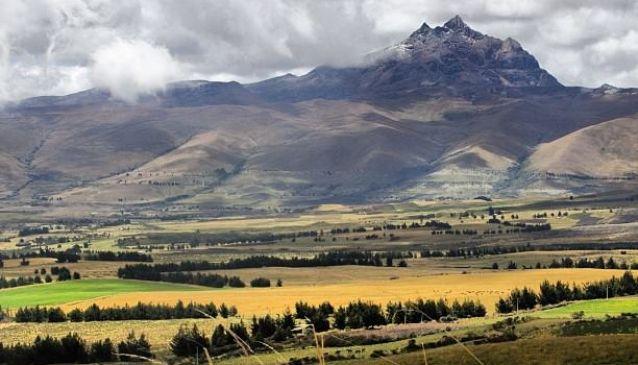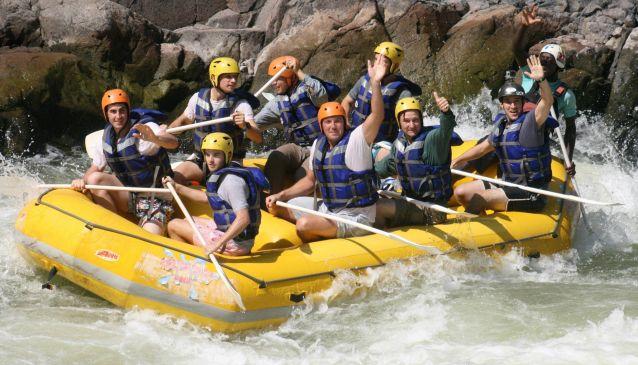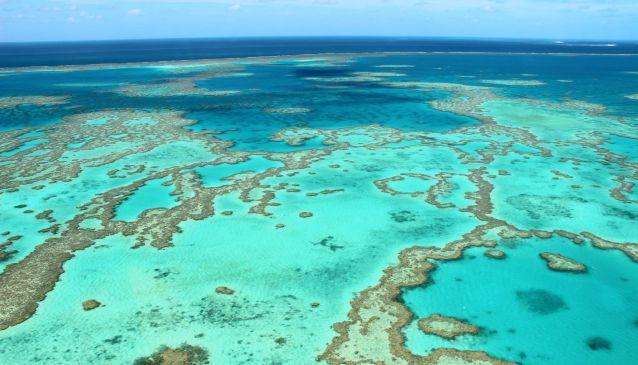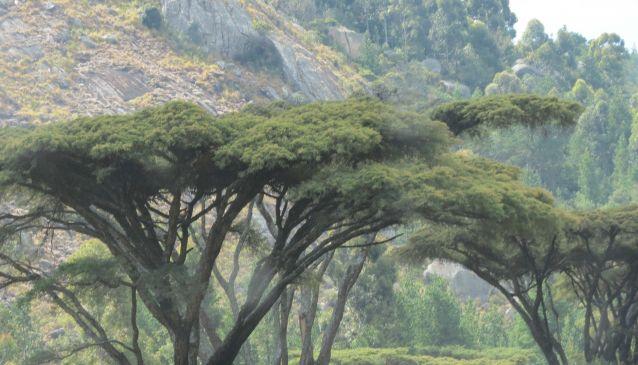Before coming to Ecuador, I equated the equator with the tropics. Now, 3,000 meters in the Andes, I am coming to realize how misguided I was.
Ecuador is a country of immense diversity – both ethnically and biologically. Though Ecuador is only the size of the UK or Colorado, it is home to 17 nationalities, 25,000 species of plants and nearly double the number of birds as the US and Canada combined. As a visitor, the first decision and hardest decision is which region to visit: the Galapagos, the Amazon, the coast or the Andes. We chose the latter.
Quito: The World’s First UNESCO World Heritage Site

Everything began in Quito, the capital of Ecuador and our base for the week’s excursions. Quito is a remarkably long city, spilling through the basin of a high Andean valley for nearly 55km. We began our stay at the Hotel Finlandia in the modern financial district before moving to the Hotel Patio Andaluz in the historic quarter.
Quito’s historic quarter is one of the best preserved colonial cities in the Americas and was the first UNESCO World Heritage Site in the world. Although the Spanish left an indelible impact on the city, Quito was established long before the arrival of the Spanish or the Inca when it was the seat of the Kingdom of Quito.
Hanging in Haciendas
After soaking up Quito, we spent our time exploring the hacienda culture of the Ecuadorean highlands. Originally established by Jesuit missionaries, haciendas were large ranch properties that grew prosperous during the Colonial Era through agriculture and livestock. Today, many have been converted into upscale hotels and launching pads for highland activities.
Chagras, Toros and Volcanoes
Most of the haciendas we visited were along the Avenue of Volcanos, which made for excellent backdrops for our excursions. First we experienced cabalgatas (horse rides with Andean cowboys, called chagras) at Hacienda Porvenir. Then we met up with Tierra del Volcan and rode mountain bikes down Cotopaxi volcano, the highest active volcano on earth before heading over to Hacienda Hato Verde to learn the basics of bullfighting in a custom-built bullring. Thankfully for us, they threw us in the ring with a relatively small cow instead of a 500kg bull, but we both found the art beyond our ken.
Zuleta
However haciendas are not just about activities – they’re much better known for rural relaxation. To unwind from a few days of activities, we stayed a night in Hacienda Zuleta, a beautifully restored property belonging to a former president of Ecuador. After settling into our private rooms along the interior courtyard, we set off to explore what makes Zuleta unique.

Historically staffed by the indigenous zuleteño people, we learned how the hacienda had donated much of its farmland to its former employees and helped foster the local economy through the promotion of traditional artisan crafts. We visited a textile embroidery workshop (called taller de bordados) before visiting the oldest indigenous legacy on the property – a number of earthen mounds that once formed the foundation of pre-Colombian city.
We wrapped up our time in Zuleta by trying the traditional Andean meal of cuy (roasted guinea pig), attempting to milk cows, visiting Zuleta’s cheese factory, and dropping by their condor rehabilitation center, where they helping save Ecuador’s national bird from extinction.
Train Through the Andes

With our time in the Andes running out, we decided to return to Quito in style – by the Tren de la Libertad, a historic train snaking through one of the most scenic parts of the Andes at only 10 km/hr. From the first-class coach our wide windows offered changing views of Ecuador’s many ecosystems as we worked our way from mountainous Ibarra to the sugar-cane fields of Salinas. There, we were greeted by an Afro-Carribean dance that originated from the slaves brought to work the sugar fields.
Copyright © 2014 by My Destination. This article was written by Marko Ayling and originally published at My Destination Ecuador




